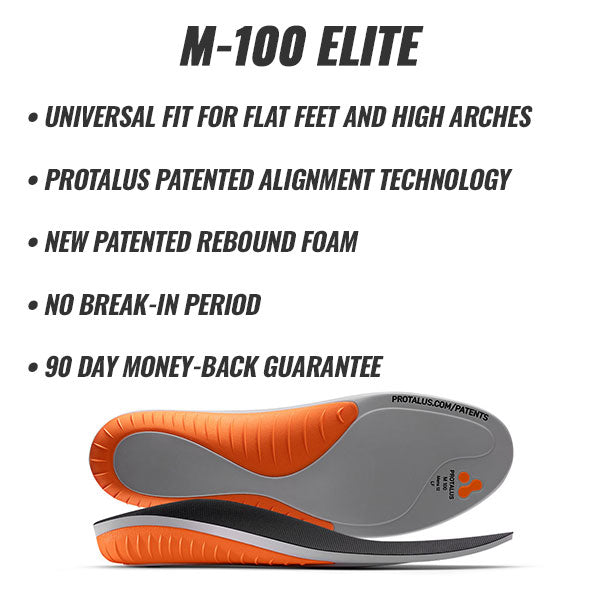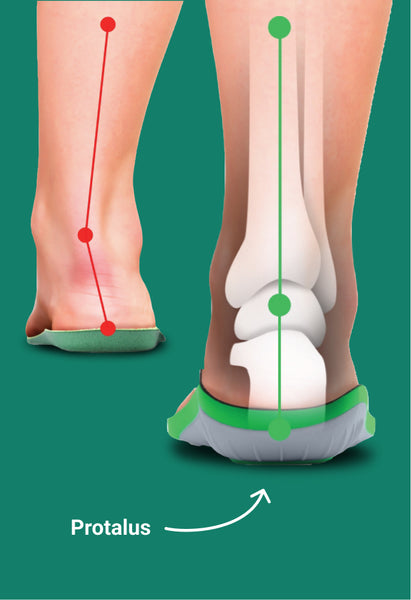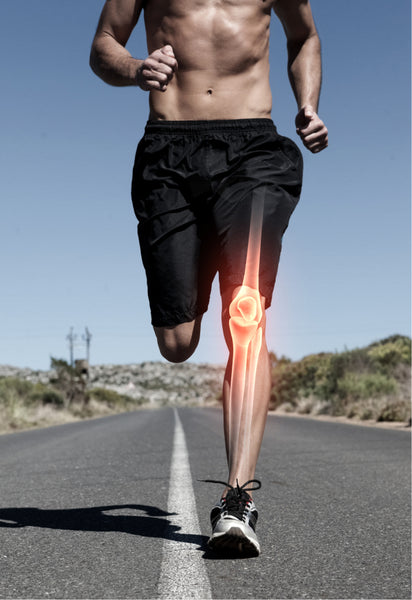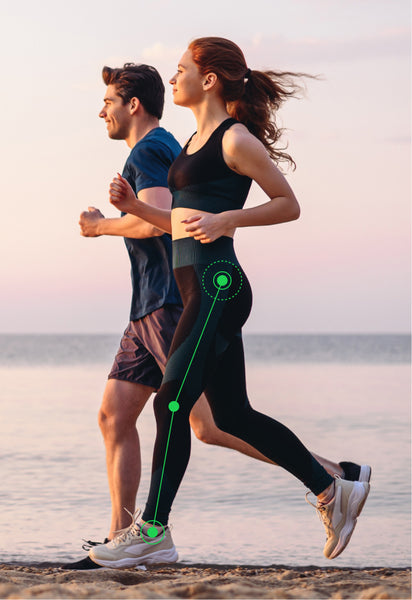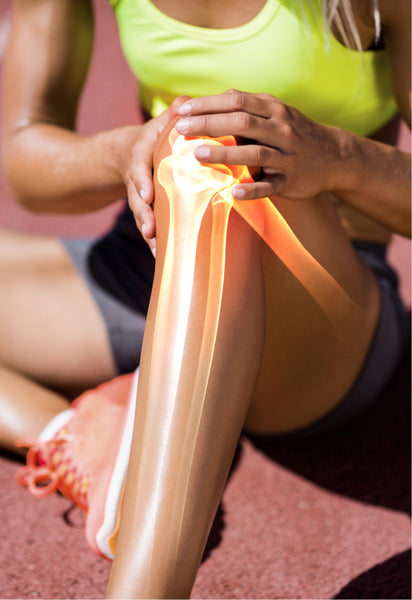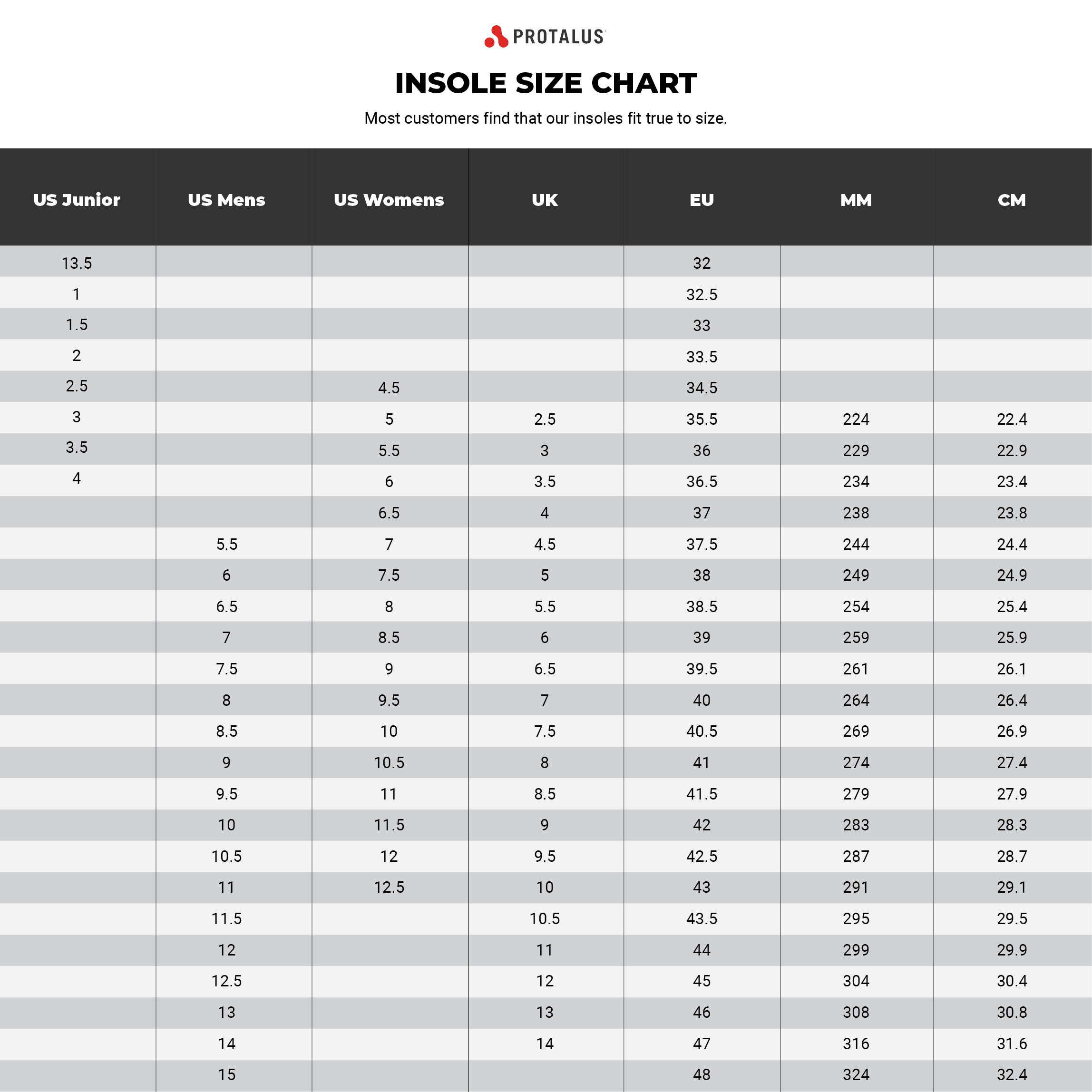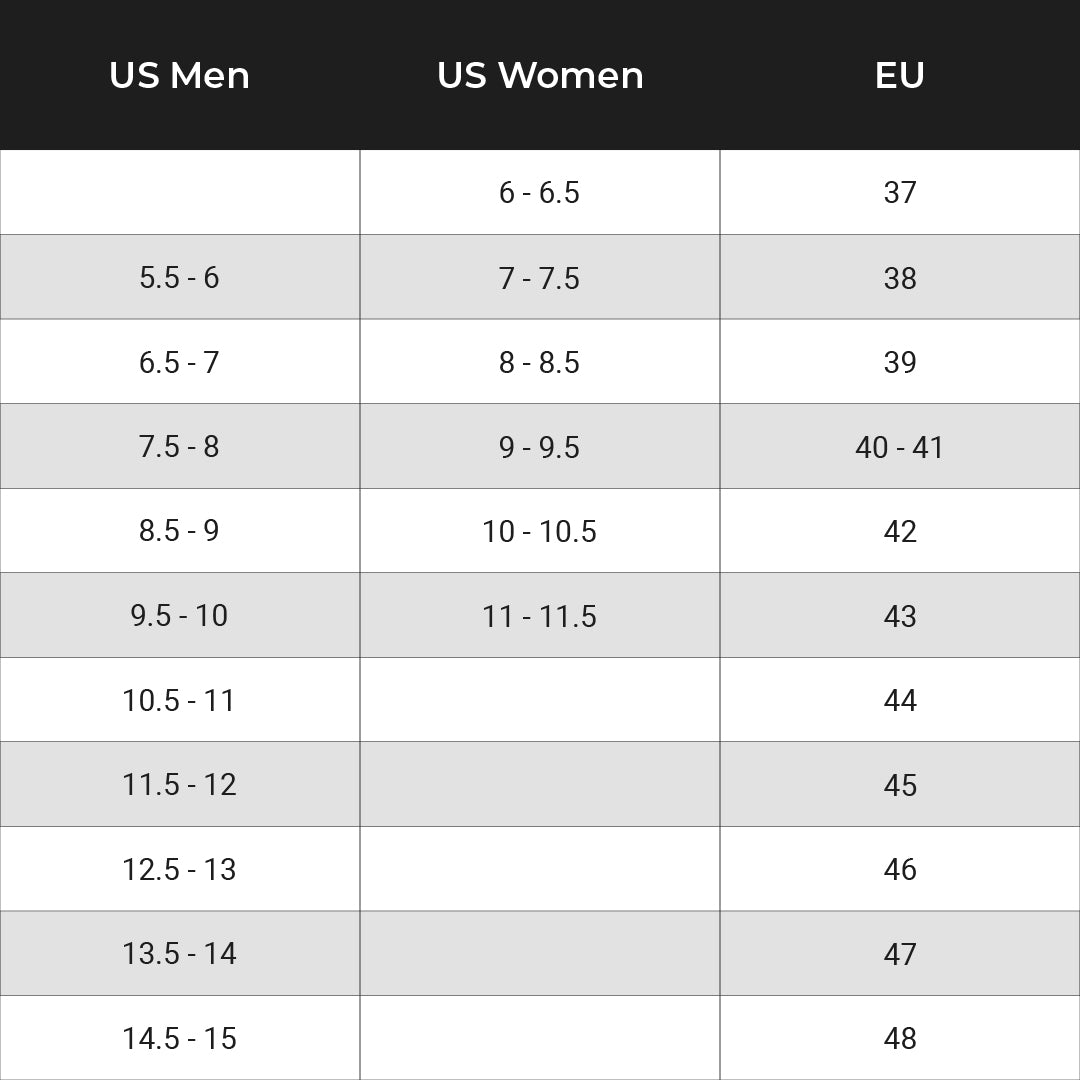Strength Training at Home Without Equipment
When the global pandemic hit, gym-enthusiasts around the world were concerned about how they would keep up their strength regimes for the sake of both physical and mental health. People got creative, swapping classes for smartphone apps and professional equipment for makeshift weights. While lockdowns have mostly lifted and gyms have re-opened, the fitness landscape has not entirely returned to pre-COVID times. Many people stuck with the trend, realizing at-home workouts save time and money, enhance flexibility and privacy, and are more hygienic. And let’s face it – coronavirus is still around and gyms aren’t the best places to avoid it. There is also always the chance that lockdowns will return and back-up plans will be needed.
After adjusting to the new normal of staying home, many people learned that they don’t need to invest in an expensive, all-encompassing at-home gym. In fact, many strength workouts can be done in the comfort of one’s own home with no or very little equipment. Before starting any new exercise routine, remember to check with your doctor to make sure it is safe for you. We hope the following tips will inspire you to expand on your current workout routine, but remember, safety first. If something feels painful or awkward, stop doing that movement right away.

Expand the range of motion
Stationary lunges and sumo squats can seem extremely easy for people used to lifting heavy weights, but elevated split squats will hugely increase the intensity. Holding a dumbbell (if it is available) can be useful in combination with placing one or two feet on a step, a pile of books or other object. Sturdy furniture can also be used for squat jumps. When doing push-ups, placing feet on a stool or coffee table can amp up the difficulty. If that is still too easy, a dumbbell or pile of books can also be placed on one’s back.
Slow down
While it may seem as though powering through reps as fast as possible will work a body harder, that is not always the case. Slowing down the pace of reps causes muscles to spend more time under strain, which feels far harder than speeding. A good duration to follow for bodyweight squats (or while holding a dumbbell or household object) is to lower for four to five seconds, pause for three seconds and stand back up for four to five seconds. This also forces attention to technique, because a slow and calculated process makes it harder to cheat and jerk heavy weights up or down.

Do more reps
This one may sounds obvious, but the more reps completed, the stronger the burn. There is also the option to skip resting in between two or more exercises, a method known as supersets. Of course, resting has its benefits when used to recover in between sets with heavy weights, but for at-home workouts with lighter or no weights, it is not always necessary. Supersets that work one specific muscle group can turbo-charge the challenge.
Experiment with movements and rep schemes
Brains seek familiarity, so they take time to register a brand new movement – and that extra use of energy intensifies workouts. This can be as simple as switching up the order of movements, changing forward lunges to lateral ones or adding jumps. New rep schemes are another helpful way to break routine, including by adding half-range squats or push-ups after full-range ones. There are many workouts that have the option to rely on bodyweight only and can be tough for people who are not used to them, such as HIIT or Pilates.
Each of these tips can be even more effective when used together. Keeping strong and fit does not need to involve a fancy, well-equipped gym (depending on your level of experience, of course). Often going back-to-basics, with the help of some household objects and ample creativity, can prove that home is where the workout is.
Recommended Posts
Saying Goodbye to Leg and Foot Pain: The Power of Insoles
by Scott Anderson • August 19, 2021Kick leg and foot pain to the curb with the proper shoe insoles! Discover relief now!
How Plantar Fasciitis Sufferers Find Comfort with Insoles
by Scott Anderson • August 19, 2021Say goodbye to leg & foot pain! Insoles like Protalus T-100 offer relief, support & comfort.
Flat Feet: What It Really Means for Your Feet and Body
by Scott Anderson • August 19, 2021Flat feet? Discover the challenges and relief with Protalus insoles! Say goodbye to pain, improve stability, and boost performance. Read more!







